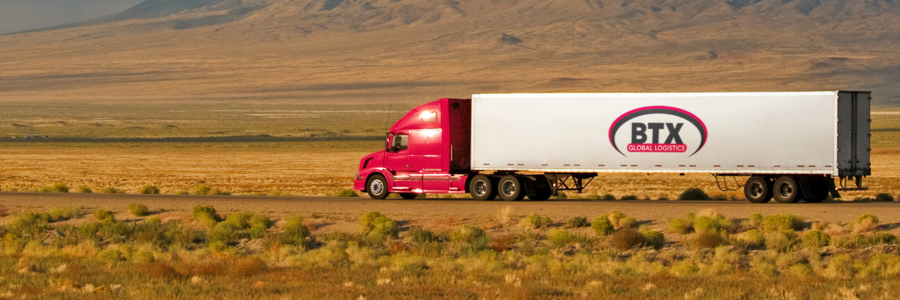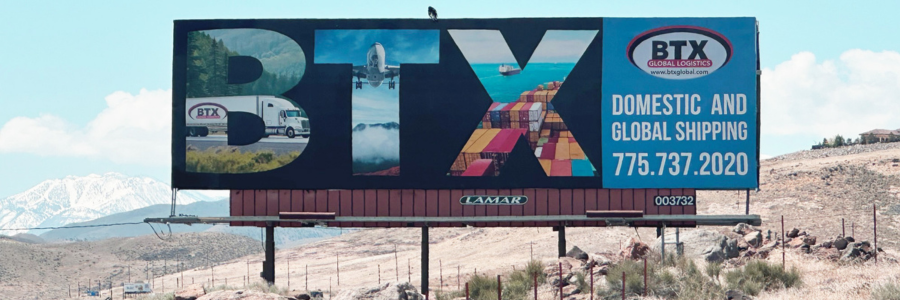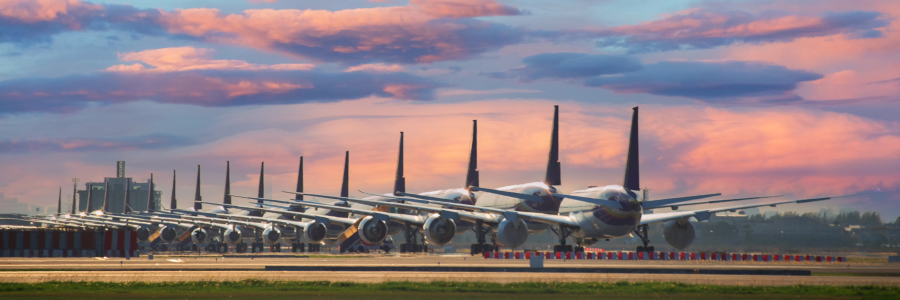The National Oceanic and Atmospheric Administration (NOAA) predicts above-normal hurricane activity in the Atlantic basin this year. Providing important and timely delivery of critical supplies to those affected by disasters such as hurricanes can make a world of difference to those in need.
The outlook for the 2024 Atlantic hurricane season, which spans from June 1 to November 30, predicts an 85% chance of an above-normal season. The NOAA is forecasting a range of 17 to 25 total named storms (winds of 39mph or higher). Of those, 8 to 13 are predicted to become hurricanes (winds of 74mph or higher), including 4 to 7 major hurricanes (category 3,4, or 5: with winds of 111 mph or higher).
On Monday, July 1, after hitting Grenada island, Hurricane Beryl strengthened over warm seas, becoming the earliest Category 4 hurricane on record.
Humanitarian and Relief aid logistics present specialized challenges. A 2017 Freight Waves article in reaction to Hurricane Harvey focused on ground transportation and highlighted important points for drivers to know when providing this much-needed relief. Given the 2024 hurricane season's predictions, now is a good time to revisit these important tips.
What Fleet Operators and Drivers Carrying Relief Aid Need to Know:
- Hurricane relief will require thousands of loads, if not more. Some states will be better prepared than others. Florida and Texas are likely to be the best.
- Decisions require the coordination of local, state and federal officials before any freight can be delivered. When you arrive at the relief site, expect that there will be hundreds of other trucks waiting with you for further instruction so be prepared to wait.
- Make sure you get a daily detention rate built into your confirmation sheets. FEMA pays detention and it must be documented.
- Expect cell service to be out. A hurricane will likely knock out or overpower both the grid and cell towers. Additionally, street signs and landmarks may be non-existent.
- There may be no restaurants, convenience or grocery stores open in the affected areas for weeks. Stop somewhere outside the emergency zone and stock up on canned or dried food and bottled water.
- Fill your tanks up about 150-200 miles out, there may be no fuel for days.
- Bring a heavy-duty tire plug kit and an air hose. Nothing is worse than having a flat 50 miles from nowhere with NO cell or landline service.
- Most of all, practice caution. Do not attempt to drive when conditions are unsafe.
- Finally, bring lots of patience!
Hurricane/disaster relief is the biggest dog and pony show you may ever see in trucking, but there is a certain satisfaction in being able to help people who are suffering.
BTX Global Logistics understands the importance of delivering critical supplies to areas impacted by natural disasters in a safe and timely manner. We are committed to providing humanitarian and relief aid logistics solutions to people anywhere in the world, click here to learn more about our services.

As always, BTX Global Logistics' knowledgeable representatives are available around the clock to help you with your critical logistics needs. Contact us today.
Sources: noaa.gov; bbc.com; freightwaves.com
BTX Global Logistics is a full-service shipping and logistics organization known for providing reliable, flexible solutions to its customers. BTX's services include critical logistics, expedited shipping, air freight, ground freight, sea freight, white glove, trade show, customs brokerage, ecommerce and fulfillment and more.













.png)
